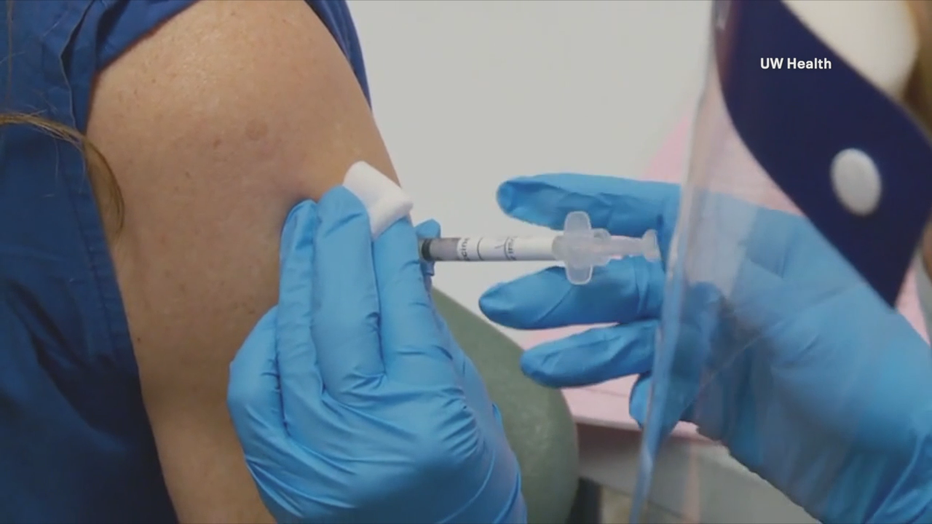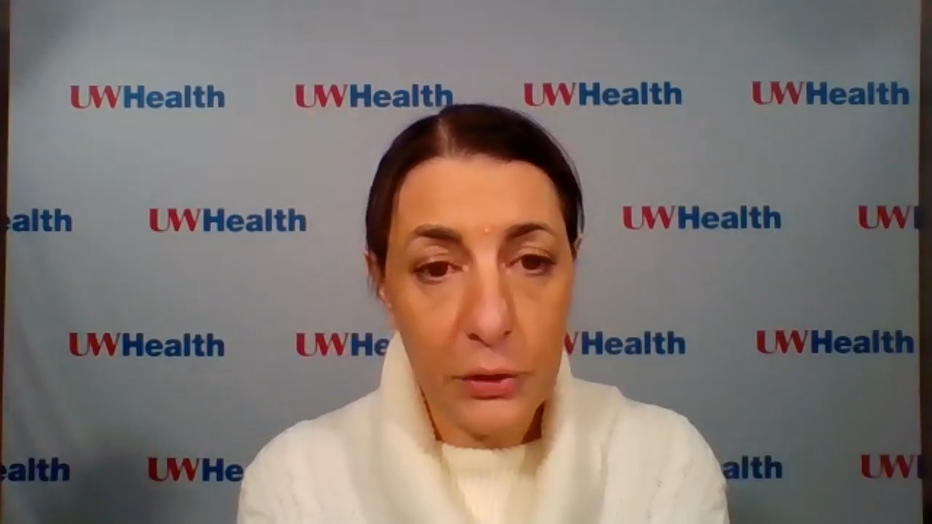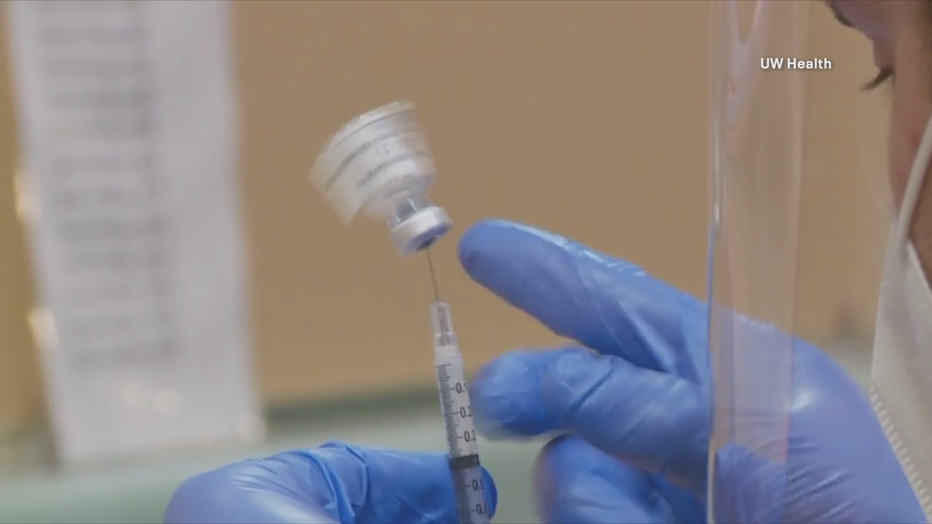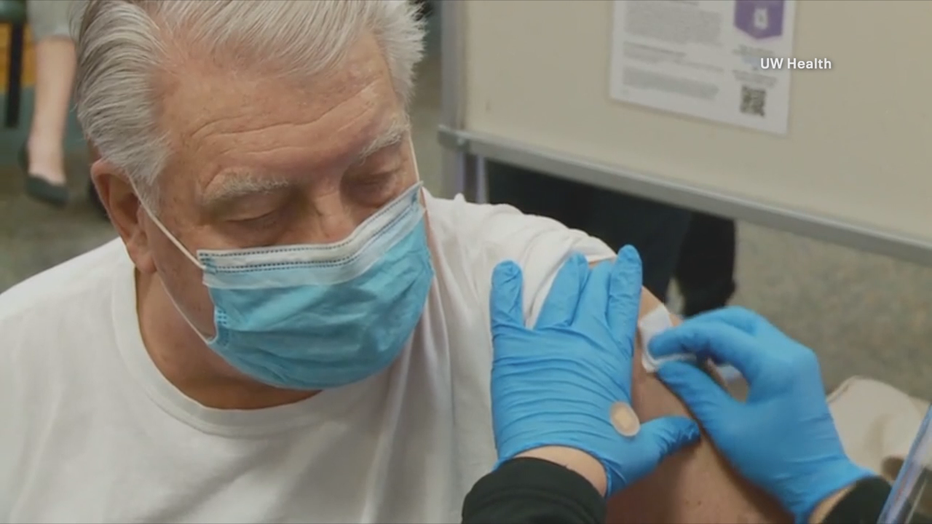UW Health method helps prioritize who gets COVID-19 vaccine next

UW Health method helps prioritize who gets COVID-19 vaccine next
The demand is high, but the numbers are still low. Experts at UW Health say the amount of people waiting in line for the COVID-19 vaccines well exceeds the doses Wisconsin has been allotted. Now, we are getting a look at a new method some are using to help prioritize who may be inoculated next.
MILWAUKEE - The demand is high, but the numbers are still low. Experts at UW Health say the amount of people waiting in line for the COVID-19 vaccines well exceeds the doses Wisconsin has been allotted. Now, we are getting a look at a new method some are using to help prioritize who may be inoculated next.
A quick swab and injection are helping protect against death and infection.

But Shiva Bidar-Sielaff said with the limited amount of inoculations available, it is important to prioritize those who are eligible to get immunized.
"We want to make sure that we continue to use a real intentional equity lens," Bidar-Sielaff said.
The vice president and chief diversity officer for UW Health said Black, Latinx, and Native American communities have been incredibly affected by COVID-19.

Shiva Bidar-Sielaff
"Higher hospitalization and higher death rates, so we are really trying to then see how we can make sure the vaccine is prioritized and allocated in ways we can address the disproportionate impact," Bidar-Sielaff said.
Researchers at the University of Wisconsin School of Medicine and Public Health and UW Health have developed a tool to address equitable distribution.

"Our algorithm was comparing two people with the same exposure risk to covid and saying if the two people are the same exposure risk who is older and has the higher social vulnerability index," Bidar-Sielaff said.
The Social Vulnerability Index comprises of 15 measures in four categories. They include socioeconomic status, household composition, and disability. It also takes into account age as well as minority status and language -- along with housing and transportation.
FREE DOWNLOAD: Get breaking news alerts in the FOX6 News app for iOS or Android

"We really need to be intentional on how we are reaching those populations," Bidar-Sielaff said.
As the supply catches up with the demand for the COVID-19 vaccines, this method helps those at severe risk get a shot at continued health.
UW Health implemented the prioritization algorithm as it provided limited doses to frontline health care workers. The tool is available for free for all organizations to use in their vaccine distribution plans.
Featured
DHS: 946 new positive cases of COVID-19 in WI; 8 new deaths
The number of positive cases of COVID-19 in Wisconsin rose by 946 Monday, Jan. 25, officials with the Wisconsin Department of Health Services reported.
Featured
COVID-19 surge testing to continue at some UW campuses
The extension of the community tests begins today at UW-Oshkosh and will launch at other sites in the coming days.



